Safari Rules and Etiquette – What You Need to Know
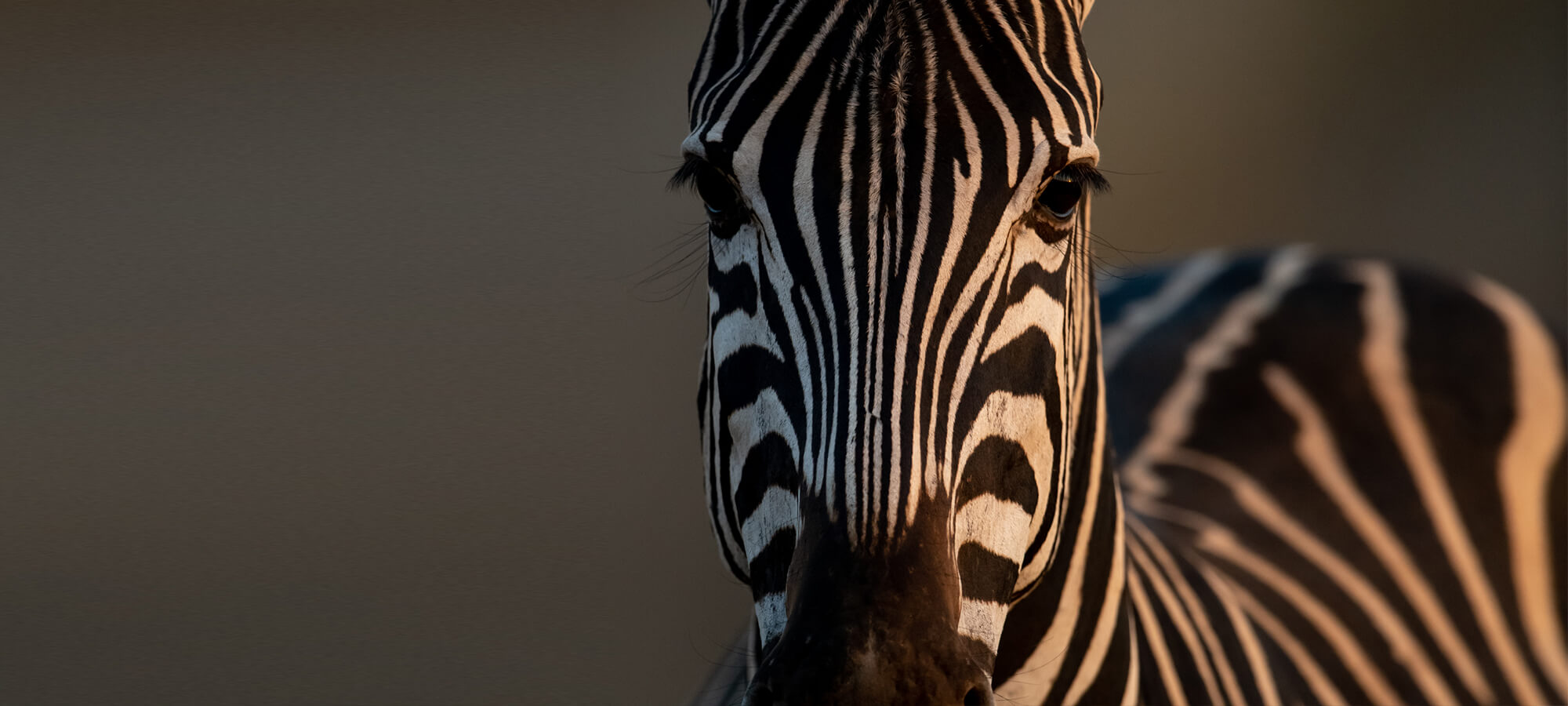
Are you familiar with safari rules? Travellers and nature enthusiasts considering a safari in Africa should be aware of them, the official and unofficial ones. The rules ensure that visitors maintain proper safari etiquette on game drives, walks and safari experiences. Proper etiquette on safaris is important for safety, among other things. Not only your safety, but also the safety of others and the animals you’ll be visiting.
Is going on safari dangerous ? No, not typically. In fact, there have been very few injuries and fatalities on safari over the years. African conservation parks and game reserves go to great lengths to keep their guests safe on safari. However, whenever you are in the presence of untamed creatures in the wilderness, there will always be some degree of risk, and you don’t want to create any opportunities for things to go wrong.
Be sure to abide by the following rules on your safari adventure…

General Safari Rules and Etiquette
Do not frighten or harass the animals. Loud noises tend to scare and disturb wild animals in nature and make them scamper away. Therefore, it wise so speak softly and avoid making startling noises on game drives and walks. It is also a good idea to not make sudden movements, which can have the same effect.
Do not chase the animals. Yes, some people have actually done this on African safaris and placed themselves and others in danger, not to mention the wildlife. Whether you are inside a vehicle or walking on foot, never chase the animals. Be patient and sensible, remembering that you are in their territory.
Do not feed the animals. There are two reasons why safari travellers should never do this. One, wild animals can become aggressive if they start associating food with human beings. Two, the animals that you feed can become ill. A lot of the foods that humans eat can be toxic, and even deadly, to animals.
Do not throw litter. One of the safari rules, but also a good general practice. Litter degrades the environment (even waste that is biodegradable) and cigarette butts can start bush fires . Environmental degradation aside, there is the possibility that roaming animals may eat the rubbish that you throw onto the ground.
Do not pick or damage flowers and vegetation. Game reserves and conservation parks are filled with beautiful plants and flowers. Resist the urge to pick them, though, as they form part of vital ecosystems.
Do not disturb other safariers. It’s common courtesy to let other visitors to the park or reserve enjoy their trips without disturbances. After all, they invested money and time like you did, and they have the same rights.
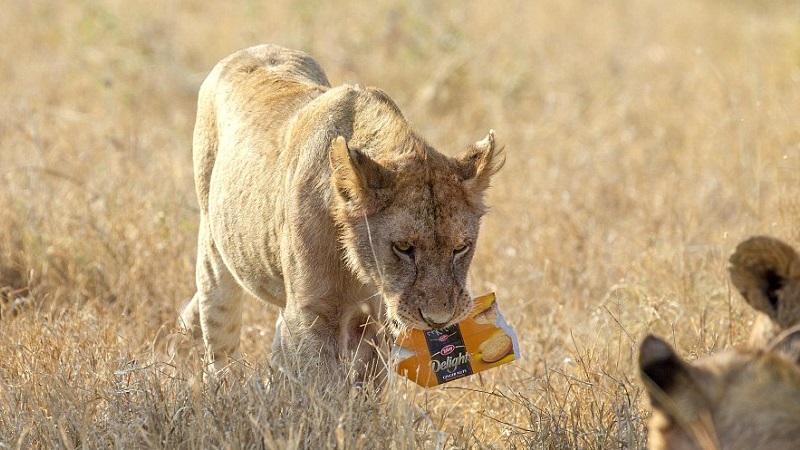
A lion cub prowling around with discarded waste (littering is bad).
Game Drive Rules and Conduct
Be a good travel mate. If you’re a nature lover and fancy yourself a photographer, then you may be inclined to take up the seats that offer the best camera angles on game drives. This isn’t good safari etiquette. Instead of being a photo hog, consider offering that coveted seat to fellow safari-goers occasionally.
Stay in the vehicle. Never leave your safari vehicle during a safari game drive, unless instructed to do so by your driver or guide. The safari truck is your safe space in the African bushveld; stepping out of it can be hazardous. Wild animals will usually scatter at the sight of people on foot anyway.
Listen to your driver/guide. Following the instructions and advice of your safari guide will keep you and those around you safe. It will also make your game drive adventure more enjoyable. Safari guides are experienced professionals that can reveal remarkable secrets hidden within the natural environment.
Follow the park’s road rules. There are several safari rules to follow on self-drive safaris. Don’t hinder other vehicles. Stay on marked roads and tracks. Stick to park speed limits and do not drive through closed park areas. When stopping to view wildlife at a close range, always turn off your engine.
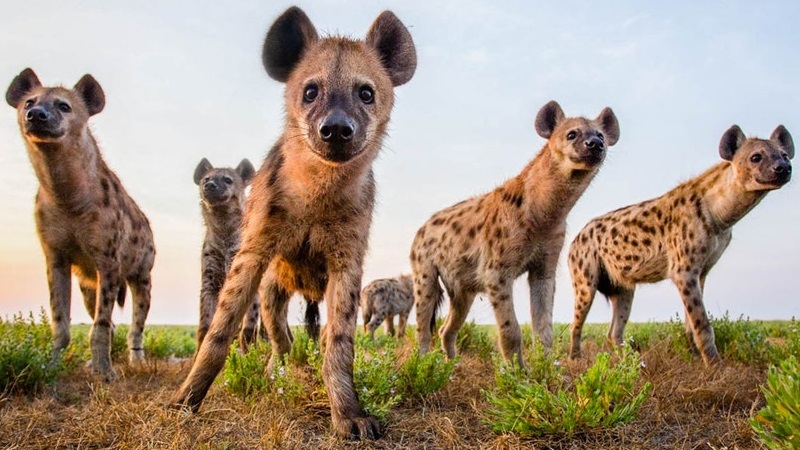
One of the reasons why it’s best to stay inside your vehicle!
– Now that you know what to do and not do on an African safari, let us help you start planning your trip. You can contact Safaris Down South here for prompt assistance and information.
Sharing is caring!
Let’s start planning
Add a comment cancel reply.
- Safari / 13
- Wildlife / 13
- Accommodation / 1
- Activities / 2
- Eco travel / 1
- Family Safari / 3
- Food & Culture / 1
- Game Reserve / 6
- Luxury Safari / 5
- Off the beaten Track / 1
- Safari / 19
- Travel Tips / 17
Popular posts

Related Blogs

Newsletter sign up
Be the first to hear about our new and upcoming safari deals
Safaris Where to go FAQ When to go Activities Children
Explore our World
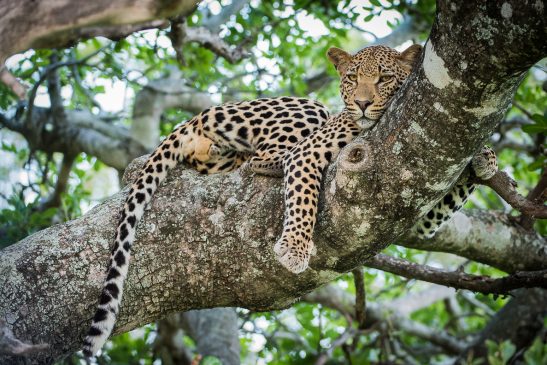
Kruger National Park
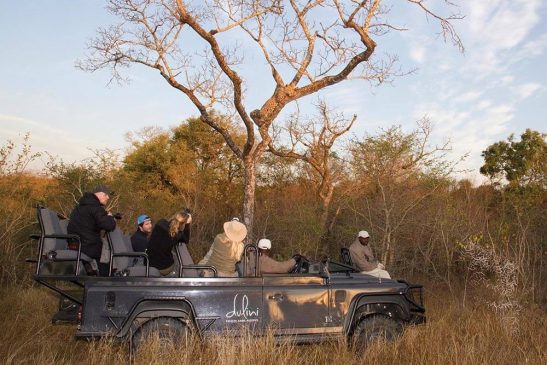
Eastern Cape
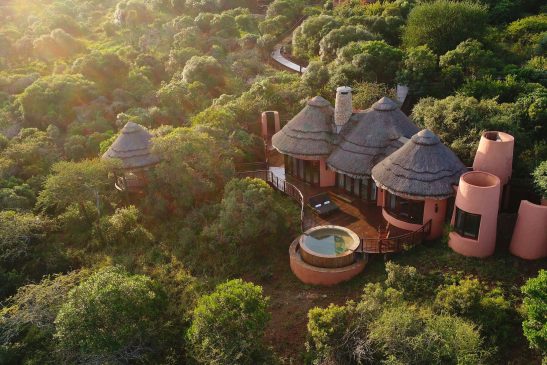
KwaZulu Natal
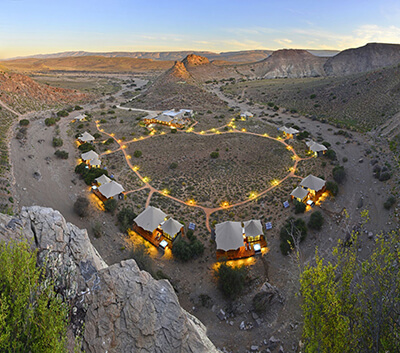
Garden Route

Mozambique Beach Resorts
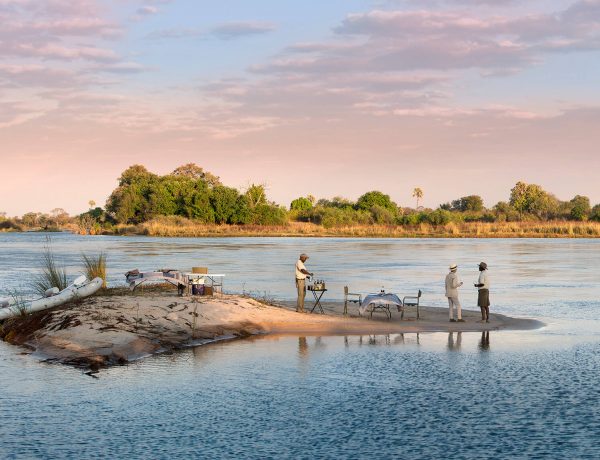
Victoria Falls Lodges

Complete Guide to an African Lion Safari
The Complete Guide to an African Lion Safari
Introduction.
An African lion safari is a thrilling and unforgettable experience. The vast landscapes, diverse wildlife, and the opportunity to witness the majestic African lion in its natural habitat make it a dream adventure for wildlife enthusiasts. In this comprehensive guide, we will delve into everything you need to know to plan and make the most of your African lion safari . From choosing the right destination to understanding lion behavior, we will cover it all. So, let’s dive in and discover the wonders of the African lion safari!
Understanding African Lions
Before embarking on a lion safari, it’s important to have a basic understanding of these magnificent creatures. African lions, scientifically known as Panthera leo, are the largest carnivorous mammals on the African continent. They are known for their distinctive manes, which vary in color and size depending on the lion’s age and location. Lions are highly social animals, living in prides consisting of multiple females, their offspring, and a few dominant males. These prides establish territories and work together to hunt and protect their territory from rival prides.
Best Time to Visit for Lion Sightings
To increase your chances of spotting lions during your safari, it’s crucial to plan your visit during the optimal time of year. The dry season, which typically runs from June to October, is considered the best time for lion sightings. During this period, the vegetation is less dense, making it easier to spot these majestic creatures. Additionally, the scarcity of water sources forces lions to gather around watering holes, providing excellent opportunities for observation. However, it’s important to note that wildlife sightings can never be guaranteed, as animals are unpredictable and roam freely in their natural habitat.
Top African Lion Safari Destinations
Africa is home to numerous national parks and reserves that offer exceptional lion safari experiences. Here are some of the top destinations to consider:
Maasai Mara National Reserve, Kenya
The Maasai Mara National Reserve in Kenya is renowned for its abundant wildlife, including a large population of lions. This reserve is part of the larger Serengeti ecosystem and is famous for the annual wildebeest migration, which attracts predators like lions in search of easy prey. The Maasai Mara offers a diverse range of accommodations, from luxury lodges to tented camps, ensuring a comfortable and immersive safari experience.
Serengeti National Park, Tanzania
Located in Tanzania, the Serengeti National Park is a UNESCO World Heritage Site and one of the most iconic safari destinations in Africa . It is home to an impressive lion population, and witnessing a lion hunt on the vast plains of the Serengeti is an awe-inspiring sight. The park offers various accommodation options, including luxury lodges and mobile tented camps, allowing visitors to experience the wilderness up close.
Kruger National Park, South Africa
Kruger National Park in South Africa is one of the largest game reserves on the continent and boasts a thriving lion population. With its diverse ecosystems and excellent infrastructure, Kruger offers a range of safari experiences, from self-drive adventures to guided tours. The park is also home to the famous Big Five (lion, elephant, buffalo, leopard, and rhinoceros), making it a must-visit destination for wildlife enthusiasts.
Choosing the Right Safari Operator
Selecting the right safari operator is crucial for a successful and enjoyable lion safari. Here are some factors to consider when choosing a safari operator:
Experience and Reputation: Look for operators with a proven track record and positive reviews from previous clients. A reputable operator will have experienced guides who can enhance your safari experience.
Safety Measures: Ensure that the safari operator prioritizes the safety of both the guests and the wildlife. They should adhere to ethical guidelines and maintain a respectful distance from the animals.
Itinerary and Flexibility: Check the safari itinerary to ensure it aligns with your preferences and interests. Look for operators that offer flexibility in terms of game drives and activities.
Group Size: Consider the group size and the type of safari experience you prefer. Some operators offer small group safaris, which provide a more intimate and personalized experience.
What to Pack for Your Lion Safari
Packing the right essentials is essential for a comfortable and hassle-free lion safari. Here’s a checklist of itemsto pack:
- Lightweight and breathable clothing in neutral colors
- Hat and sunglasses for sun protection
- Comfortable walking shoes or boots
- Binoculars for wildlife viewing
- Camera with extra batteries and memory cards
- Insect repellent and sunscreen
- Personal medications and toiletries
- Travel adapter for charging electronic devices
- Waterproof bag or cover for your camera and other electronics
- A good quality flashlight or headlamp
- Swimsuit (some lodges offer swimming pools)
- A small backpack for day trips
- Cash and/or credit cards for tipping and souvenirs
Safety Tips for Lion Encounters
While lion safaris offer incredible opportunities to observe these magnificent creatures up close, it’s important to prioritize safety at all times. Here are some safety tips to keep in mind during lion encounters:
- Always follow the instructions of your safari guide or ranger. They are experienced professionals who know how to navigate lion encounters safely.
- Maintain a safe distance from the lions and never attempt to approach them on foot.
- Avoid sudden movements or loud noises that may startle the lions.
- Do not feed the lions or any other wildlife. Feeding disrupts their natural behavior and can lead to dangerous situations.
- Stay inside the safari vehicle at all times, unless instructed otherwise by your guide.
- Respect the animals’ space and do not attempt to touch or pet them.
Frequently Asked Questions (FAQ)
Q1: are lion safaris safe.
A1: Lion safaris can be safe if conducted by experienced guides and operators who prioritize the safety of both guests and wildlife. It’s important to follow the instructions of your guide and maintain a respectful distance from the lions.

Q2: How close can you get to lions on a safari?
A2: The distance between the safari vehicle and the lions can vary depending on the situation. However, it is important to maintain a safe distance to ensure the safety of both humans and animals. Typically, a distance of at least 20-30 feet is recommended.
Q3: What is the best time of day to spot lions on a safari?
A3: Lions are most active during the early morning and late afternoon hours. These are the best times to increase your chances of spotting them in action.
Q4: Can I walk with lions on a safari?
A4: Walking with lions is not recommended during a safari. It is important to prioritize safety and respect the natural behavior of these wild animals.
Q5: How long do lion safaris usually last?
A5: The duration of a lion safari can vary depending on the specific itinerary and operator. Safaris can range from a few hours to multiple days, allowing visitors to fully immerse themselves in the African wilderness.
An African lion safari is an adventure of a lifetime. From the breathtaking landscapes to the awe-inspiring wildlife encounters, every moment is filled with excitement and wonder. By understanding the behavior of African lions, choosing the right safari destination and operator, and following safety guidelines, you can make the most of your lion safari experience . So, pack your bags, grab your camera, and get ready to witness the kings and queens of the African savannah in all their glory! Complete Guide to an African Lion Safari
Unleash Your Adventurous Spirit: Seeking the Wild Wonders of Africa!
© 2024 Turkana Wildlife Safaris
You cannot copy content of this page
A member of the “Big 5” and perhaps Africa’s most iconic species, the African Lion is a highly sought after sighting while out on safari.
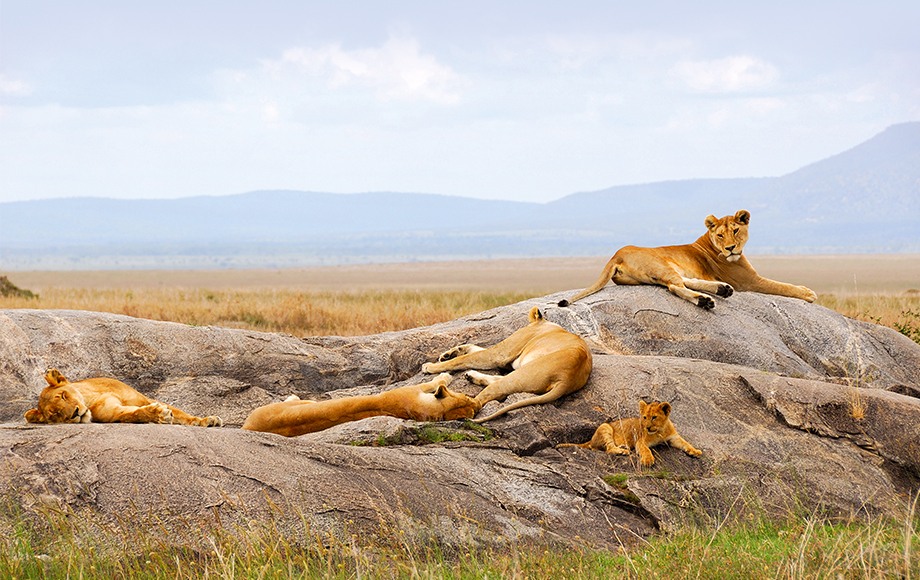
Common Name – African Lion
Scientific Name – Panthera Leo
Current IUCN Red List Status – VU
Estimated no. of mature individuals – 23,000 -39,000
Lions are capable of living in a wide variety of habitats and are found across parts of sub-Saharan Africa (mostly Southern and Eastern Africa). Lions generally stick to areas such as grasslands, shrubs and open woodland – however a small number have adapted over generations to thrive in the harsh Namib Desert in Namibia.
The only cats that live in groups – known as prides – lion prides can comprise up to 40 individuals. Though rare to see prides of this size, it is possible. More often than not, prides sizes vary between 8-25 individuals. Most of the hunting is done by female lions working as a team, and who will hunt anything from small antelope to buffalo. Some lion prides have been known to specialise in hunting even larger prey including elephant and giraffe. Males will often only help at the last moment or to bring down large prey – sometimes they run in only when the hunt is over taking the biggest share!
Lion viewing Safaris
Most lion viewing across Africa is done by vehicle on morning and afternoon game drives. It’s a thrilling experience coming face-to-face with a lion in the wild and many guests find a lion encounter to be a major highlight of an African safari. The cats may even use the vehicle as spot for shade, and guides can often find their vehicle surrounded by a handful of lions hiding from the sun.
Lions are fascinating to watch, particularly the dynamic within the pride and many safari-goers will happily watch for hours as the lions hunt or play. Playful cubs interact with one another under the watchful eye of their mothers and sometimes, the cheeky cubs might antagonise a big grumpy male.
Walking safaris offer the chance to see smaller creatures and learn more about native plants, but on occasion there is a chance to see lions – and from a very different perspective. To walk in Africa is to be a part of Africa, leaving nothing but footprints behind. Zimbabwe’s Hwange and Mana Pools national parks along with Zambia’s South Luangwa National Park are some of the best places in Africa to experience a multi-day walking safari reminiscent of a by-gone era. Both offer a truly unique experience while walking amongst Africa’s big game creates live long memories others can only dream of.
Best safaris to see lion
Timeless deserts & namib wildlife.
Discover the silent beauty of Sossusvlei, track Africa's last free-roaming rhino in Palmwag and go on safari in Etosha, Namibia's finest wildlife reserve.
Tanzania’s Northern Treasures
Experience three of Tanzania’s best known national parks and the country’s epic wildlife in Tarangire, Ngorongoro Crater and the celebrated Serengeti.
Inspiring Sights of Kenya
This superb safari incorporates the popular Giraffe Manor in Nairobi and 3 luxury camps situated in sensational gameviewing areas throughout Kenya.
Best of Zimbabwe
This safari explores three of Zimbabwe's greatest highlights: Hwange National Park, breathtaking Mana Pools National Park and Victoria Falls.
Exclusive Botswana
Take in the best of Botswana on this 12 day exclusive safari, travelling from the Makgadikgadi Pans through the Linyanti into the Okavango Delta.
Relais & Chateaux Kenya Safari
This outstanding Kenyan safari incorporates 2 Relais and Châteaux status safari camps with iconic Giraffe Manor.
Kruger and The Cape
Discover some of South Africa's best known attractions on this journey that begins with a big game safari in the world-renowned Sabi Sand and concludes in beautiful Cape Town.
Recommended places to see Lion
Namiri plains.
Situated in a little-visited, remarkably unspoilt corner of the Serengeti, Namiri Plains is where you’ll find some of East Africa’s best big cat sightings, from lion and leopard to cheetah.
Duba Plains Camp
Duba Plains Camp is an extravagant luxury safari camp set in a private concession in the Okavango Delta dubbed "Botswana's Masai Mara" for sheer density of wildlife.
Singita Lebombo Lodge
Perched high above Kruger National Park’s N’Wanetsi River, Singita Lebombo Lodge offers exceptional opportunities for intimate wildlife encounters.
Ruckomechi Camp
Set on the banks of the mighty Zambezi River, Ruckomechi Camp has been a favourite with visitors to the breathtaking Mana Pools National Park for many years.
What is a male lion coalition?
Coalitions are normally made up of 2-4 male lions (usually brothers or half-brothers) who hunt and fight off threats as a team. The more males working together, the stronger they are. It’s easier to keep control of a territory or fight an intruder if they work together.
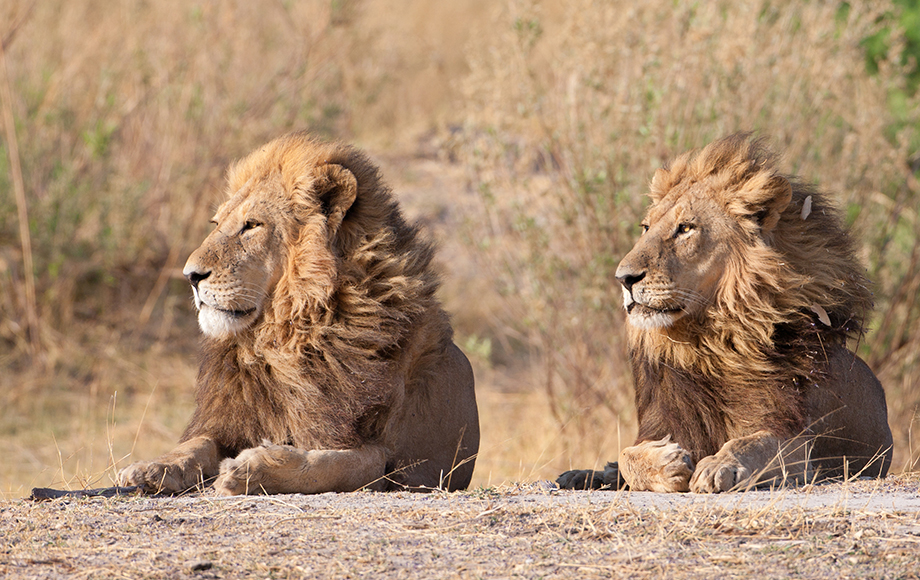
When is the best time to see lions?
Like most other animals, the best time to see these cats is during the early morning and late afternoon when they are most active. During the day, lions will often find a shady spot to avoid the heat and conserve energy.
African Lion Facts:
Sleepy cats A lion can sleep for up to 20 hours in a single day.
Hear me roar Depending on the wind direction, you can hear a lion roar from up to 7 or 8 kilometres away.
Big appetites Like other cats, lions may not know when their next meal might come from, meaning that they will consume food at an extraordinarily fast rate. This also helps to explain why they need to sleep for so long, to enable digestion.
Night vision A lion’s night vision is up to 6 times more sensitive to light than humans.
Weight Male lions are much larger than females and can weigh as much as 190 kilograms (420 pounds)Desert-adapted Lions – Also known as ‘desert lions’ these lions can live without water for extended periods. To cover long distances over the hot desert sand their legs tend to be slightly longer than ‘regular lions’, whilst their coats are slightly thicker to combat the cold temperatures at night. The best place to see these lions is in Northern Namibia.
Find out more about our tailor made African safaris. Get in touch with one of our Destination Specialists.
Subscribe below to keep up to date.
" * " indicates required fields
Find out more about our tailor made African safaris
More wildlife.
The Cape buffalo is a member of Africa’s “Big 5” and therefore a must-see for any safari-goer.
Cape Buffalo
The Cheetah is the fastest land animal on the planet and one of Africa’s most well-known and sought-after sightings when on safari
African elephants are the world’s largest land mammal and were once numerous, roaming across the whole African continent.
With their unique and beautiful colouring, giraffes are one of Africa’s most recognised animals.
Grizzly bear or grizzly is the name given to the subspecies of brown bear that inhabits North America.
Grizzly Bear
The largest cat in the Western Hemisphere, jaguars are strongly built, well-muscled predators native to the Americas
King Penguins don’t actually live on the Antarctic ice shelf, instead they prefer the sandy snowless beaches of the Sub-Antarctic islands.
King Penguin
Lemurs are endemic to the island nation of Madagascar where 107 species can be found. However each individual species is often only found in a
Leopards are graceful cats and still geographically wide-spread across Africa, including isolated parts of Morocco and Egypt.
Meerkats are found in Southern Africa and they are often seen standing on their rear legs, forever gazing out over the sweeping plains.
Orcas, informally referred to as killer whales because of their fearsome reputation, are majestic mammals.
Polar bears are found in the Arctic regions of Canada & Europe. The majority of their population are found in Canada, particularly around the
Impressively large and with horns for a nose, these prehistoric looking creatures are one of the most iconic African animals.
E-Newsletter
Sign up to receive updates about exciting journeys, special offers and more

IMAGES
VIDEO
COMMENTS
Rules & Policies. Vehicle Restrictions. Accommodations. Common Questions. Can I visit African Lion Safari? Our 2024 season will be May 4 – October 13, 2024. Open …
Can I bring my pet or service animal to African Lion Safari? For the safety of our birds and animals, staff and other guests, pets are not permitted in our drive through Game Reserves or …
Although safaris are pretty accessible these days – and nowhere near as stuffy as they once were – there are still a number of unwritten (and written) rules you should observe whilst on safari to …
By keeping these safari etiquette principles in mind as a beginner, you can be sure that your African wildlife immersion will be enriching, enlightening and wondrous for both you and the creatures that call this place home.
Travellers and nature enthusiasts considering a safari in Africa should be aware of them, the official and unofficial ones. The rules ensure that visitors maintain proper safari etiquette on game drives, walks and safari …
An African lion safari will guarantee that you will see a higher number of lions in comparison to a regular safari. It will also focus on lion habitats, lion history, observing and familiarizing with different prides, learning about lion …
In this comprehensive guide, we will delve into everything you need to know to plan and make the most of your African lion safari. From choosing the right destination to …
A member of the “Big 5” and perhaps Africa’s most iconic species, the African Lion is a highly sought after sighting while out on safari. Lion Meerkats are found in Southern Africa and they are often seen standing on their rear legs, forever …